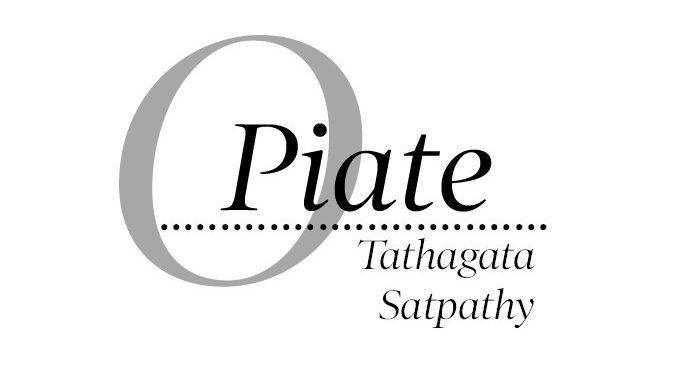Ratan Tata, the Chairman Emeritus of Tata Sons, tweeted that the return of Air India (AI) to the group would have gladdened the founder of the airline in pre-Independent India, JRD Tata, had he been alive now. For Tatas, getting back Air India must have been like history turning full circle. The intention may not be to din into the government’s ears that it was a misadventure to have snatched the airline from the company in 1953 by the Jawaharlal Nehru government. It could be an emotional outpouring for getting back an iconic venture that had put India, for the first time, on the map of aviation business. The deal of the present government, which seems hell bent on selling 100 per cent of its shares to the Tata Group, is a sad commentary on the mindset of the staff and the executives who were given the task, over the years, of making AI a profitable public enterprise but subverted their responsibilities.
A recent video on social media purportedly showed some cabin staff and air crew of AI seemingly jubilant at the news of the government handing over the airline to private ownership. They were singing some Hindi film songs at the top of their voices and congratulating each other. The impression this clip gave was that of a bunch of people seemingly happy that their mission had succeeded. These people forget that it is their misdemeanours, inefficiency and corruption that bled the citizens of this country of millions of rupees every year for the past few decades and also destroyed an object of national pride. Countries like Sri Lanka, Bangladesh and even Pakistan can boast of a national flag carrier but not India. If one goes back to history, it can be seen that after pledging his aircraft to the British during World War II, JRD Tata got them back in 1946. After India got freedom in August 1947, in October that year, JRD Tata proposed to then PM Nehru to float an international airline named Air India International wherein he invited and received 49% investment from the government. 25% was held by the Tatas while the rest was put out as public offering. The idea currently being floated is that Air India was a 100% Tata held company. This claim is not a fact. Although JRD had named his small airline as Air India, Nehru in 1953 enacted the Air Corporation Act and nationalised not one but nine airlines. Included in that was Kalinga Airlines of former Odisha CM Biju Patnaik. Also interesting to note, that after nationalisation of all these airlines, PM Nehru had appointed JRD Tata as Chairman of Air India. It is only when a major air crash took place, JRD was removed in 1978 by the Morarji Desai government. He was brought back as a member of the Board of Directors of Air India by Indira Gandhi in 1980.
Disinvestment is the new mantra of the BJP-led government at the Centre. The government will surely use the Air India case as a shining example of its decision to open the floodgates of privatisation to disinvest government enterprises. Such a policy may be a blessing in disguise for loss making government enterprises, but it may also signal the dangerous trend of turning profitable units sick so as to hand them over to crony capitalists. Apart from plundering national resources, an uncontrolled private sector may pose dangers to the country’s economy and security. The recent murky transaction of smuggled drugs worth `21,000 crore through the Mundra Adani Port in Gujarat owned by Gautam Adani is the latest example of how dangerous complete privatisation of public utilities could be for the country.
This AI deal as clinched with the Tatas is not all about profits and losses. For, the buyer will automatically get access to its enormous infrastructure along with the prestige of the airline enjoying the status of India’s premier international carrier. Possession of Air India will bring not only ownership of more than 127 air-worthy aircraft but also control of 4,400 domestic and 1,800 international landing and parking slots at domestic airports, as well as 900 slots at overseas airports. Earlier this year, the aviation ministry disclosed in the Parliament the total value of Air India’s fixed assets – its land, buildings, aircraft fleet etc – in March 2020 was over `45,000 crore.
So, it is obvious who the winner is, after all!






































